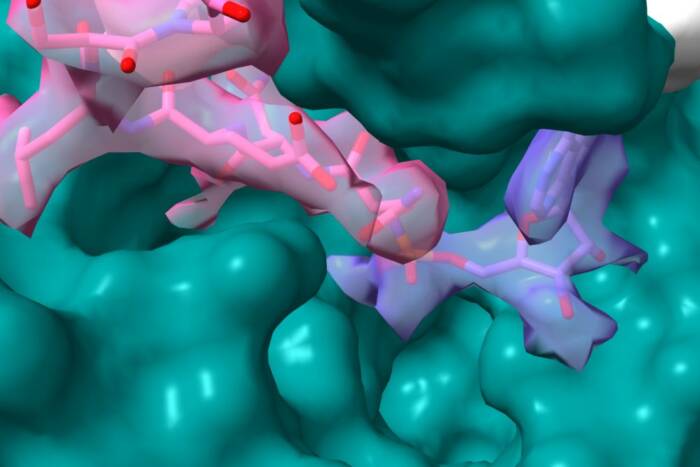Diabetes Researchers Find that a Regulator of Insulin Also Regulates Cholesterol Levels

Markus Stoffel
Researchers in Markus Stoffel’s laboratory of Metabolic Diseases have found that that a transcription factor called TCF1 not only regulates insulin production in the pancreas but also controls the regulation of cholesterol. In a paper published in the April issue of Nature Genetics, Stoffel’s team shows that when TRF1 doesn’t function properly, both diabetes and high cholesterol result.
Stoffel’s lab studies the genetic causes of type 2 diabetes mellitus. One subtype of this disease is called maturity-onset diabetes of the young, or MODY, and it is characterized by an early-age of onset. This form of MODY can be caused by a defect in the gene TCF1. TCF1 is a key target of their study because it is critical to a number of metabolic functions. Mice that have been genetically altered to lack TCF1 will develop severe diabetes. What puzzled Stoffel’s team was that these mice also develop high blood cholesterol levels.
“This was a completely unexplored question,” Stoffel says. “It was interesting to us medically because high cholesterol is the major risk of heart disease and stroke”. David Shih, a biomedical fellow and lead author, says: “Furthermore, we were interested to study the molecular mechanisms by which a single gene can control two different pathways that are absolutely essential for our well-being”.
The lab began looking for answers by studying the liver, the major organ that regulates cholesterol levels in the blood. In one set of experiments, they used DNA chip analysis to compare the liver gene expression levels of normal and TCF1-deficient, diabetic mice. This technique enabled them to study more than 25,000 genes at the same time and identify the genetic differences between the different strains of mice.
The results were very surprising.
Normally the body gets rid of cholesterol by converting it into bile acid in the liver. Bile acids have an important role in the digestive process and are necessary for the absorption of fat and certain vitamins from the gut into the body. In a healthy animal, bile acids are reabsorbed by the liver and re-used. In the mice without functioning TCF1, however, this re-absorption process was impaired and, as a consequence, bile acids were lost in the urine and stool. TCF1 not only affected bile acid reabsorption, but also bile acid and cholesterol production in the liver. In the absence of TCF1, proteins that make bile acids and cholesterol were increased, leading to increased rates of bile acid synthesis and cholesterol concentrations in the blood.
Tcf1 is thus a very central regulator in more than one metabolic disease. “If Tcf1 activity could be altered pharmacologically”, Stoffel says, ” this would be a novel approach to treat diabetes and its complications.”
Stoffel’s coauthors on the paper are David Shih, Markus Bussen of the Laboratory of Metabolic Diseases; Ephraim Sehayek and Jan Breslow of the Laboratory of Biochemical Genetics and Metabolism at Rockefeller; Meenakshisundaram Ananthanayayanan, Benjamin Shneider and Frederick Suchy at the Mount Sinai School of Medicine; Sarah Shefer and Jaya Bollileni at the University of Medicine and Dentistry of New Jersey; and Frank Gonzales of the National Cancer Institute.
This research was funded by the National Institute of Health, American Diabetes Association, and the Emerald Foundation. The study was also generously supported by Robert and Harriet Heilbrunn and Allen and Frances Adler.


